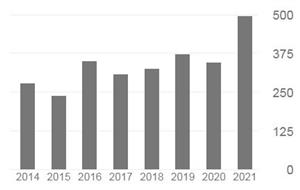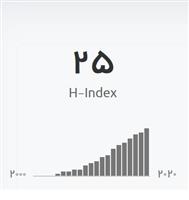Does the mixing and placement regime affect the pH of Mineral Trioxide Aggregate?
Abstract
Aim: The objective of this study was to measure in a laboratory setting the pH of tooth coloured ProRoot MTA and MTA Angelus following various mixing and placement techniques, including mechanical mixing, manual mixing and indirect ultrasonic activation.
Materials and Method: Tooth coloured ProRoot MTA and White MTA Angelus were used. One gram of each powder was mixed with a 0.34 g of distilled water that were allocated to eight experimental groups, each containing three specimens. Four groups were prepared by mechanical mixing of capsules for 30 s at 4500 rpm the other four were mixed manually. Half of the specimens in each group were placed in moulds using indirect ultrasonic activation. pH values were recorded directly from within the freshly mixed material and were analyzed using one-way ANOVA at a 0.05 level of significance.
Results: No significant difference in pH was found between the mixing and placement techniques or the materials tested. The highest pH value recorded was in the ProRoot group that was mixed manually and placed ultrasonically (11.64). The Angelus group, which was mixed manually without an ultra-sonic agitation, had the lowest pH values (10.42).
Conclusion: Mechanical mixing and ultrasonication confer-red no significant disadvantage in terms of the initial pH of the material. Since mechanical agitation of encapsulated cements provides more consistent mixes, it might be possible to use this technique combined with ultrasonic agitation as an alternative to manual mixing, both in clinical and in laboratory conditions, in order to achieve standardization of the material so as to enhance its properties.
Keywords: PH, Placement, MTA, Mixing.













